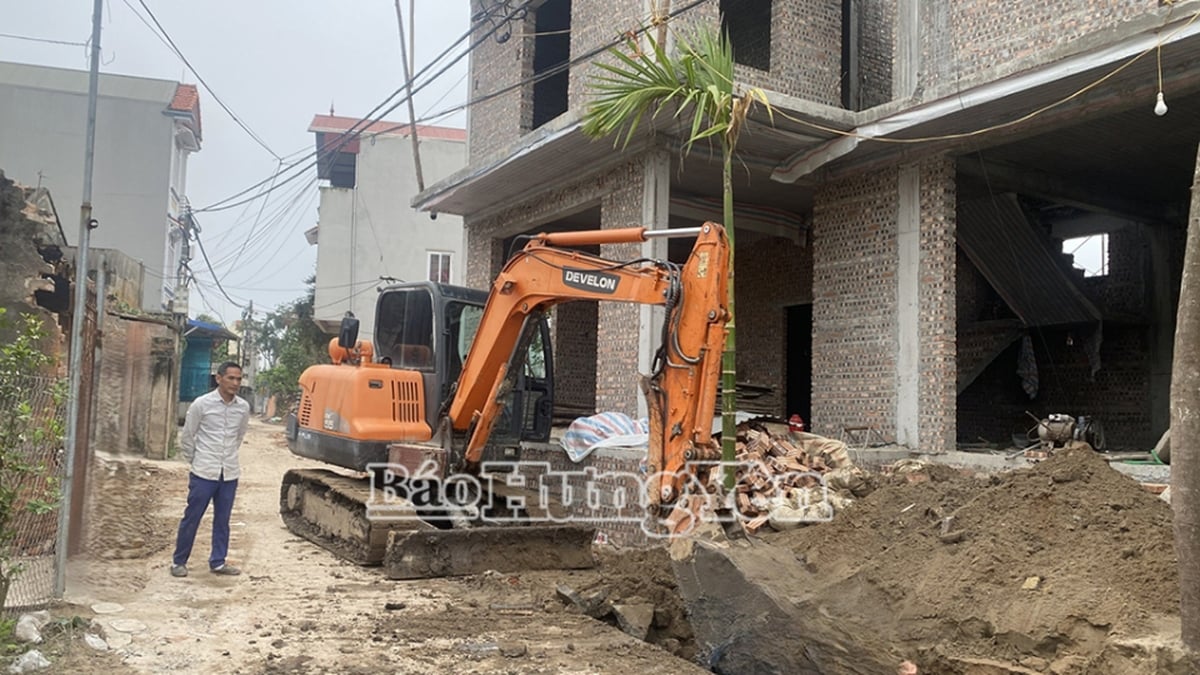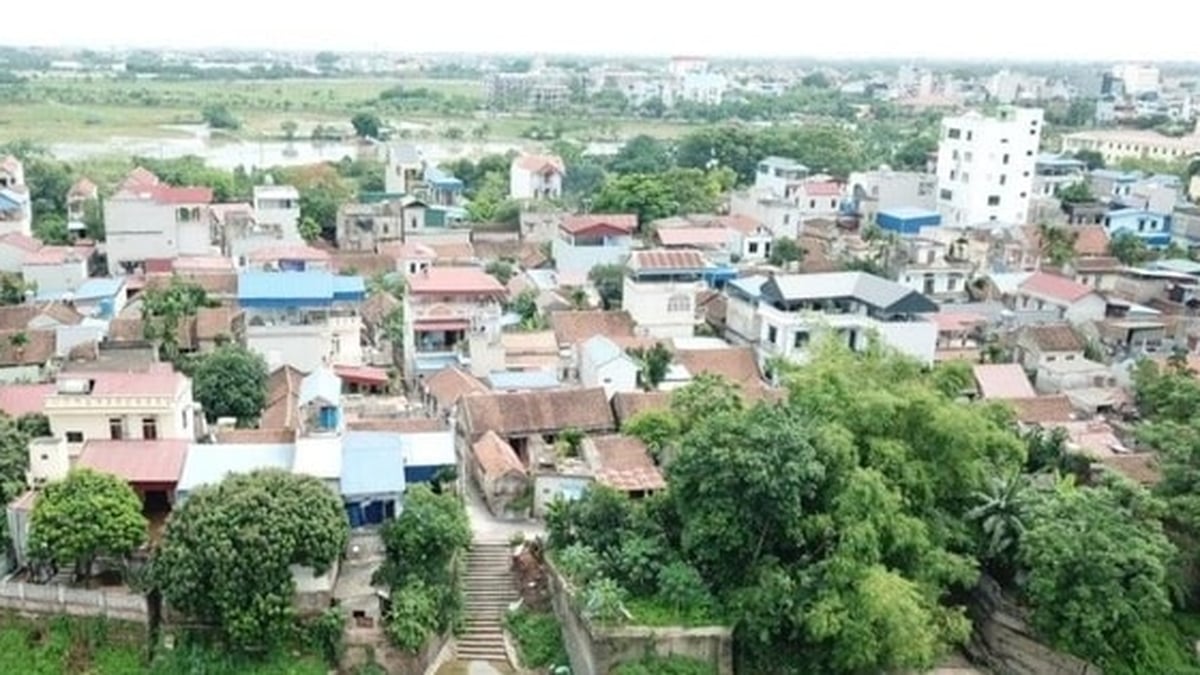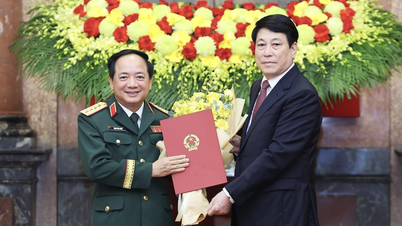Law on Credit Institutions (amended) with 15 chapters and 210 articles, effective from January 1, 2025.
The Law supplements the provisions in Clause 2, Article 113 and similarly in the articles corresponding to each type of credit institution (CI) as follows: "Commercial banks are allowed to conduct insurance agency activities in accordance with the provisions of the law on insurance business, in accordance with the scope of insurance agency activities as prescribed by the Governor of the State Bank".
Regarding credit limits, the Law stipulates a specific roadmap with a period of gradually reducing credit limits within 5 years from the effective date of the Law until 2029 to ensure transparency and clarity, while avoiding sudden impacts on the operations of credit institutions and foreign bank branches, but still limiting the concentration of credit on one customer and one group of customers, increasing access to credit for other customers.
Notably, the Law stipulates that the State Bank of Vietnam (SBV) shall consider and decide to take early intervention when a credit institution or foreign bank branch falls into one or several cases, including the case of “a) The accumulated loss of the credit institution or foreign bank branch is greater than 15% of the value of the charter capital, granted capital and reserve fund recorded in the most recent audited financial statement or according to the inspection and audit conclusion of a competent state agency and violates the minimum capital safety ratio” in Clause 1, Article 156.
At the same time, add solutions to limit credit growth to control risks as well as the scale of credit institutions, avoiding the situation where weak credit institutions still grow and expand their operations as in the past, and when discovered, it is too late (the scale increases very quickly due to lack of control over operations and credit growth), making handling even more difficult and requiring more resources.
The Law gives the State Bank the authority to consider and decide to place a credit institution under special control when it falls into one of the following six cases:
“a) The credit institution that received early intervention does not have a remedial plan to send to the State Bank or does not adjust the remedial plan according to the written request of the State Bank;
b) During the time limit for implementing the remedial plan, the early intervention credit institution is unable to implement the remedial plan;
c) The deadline for implementing the remedial plan has expired but the credit institution has not been able to remedy the situation requiring early intervention;
d) Mass withdrawals that pose a risk to the safety of the credit institution system;
e) The capital safety ratio of a credit institution is lower than 04% for 06 consecutive months;
d) The dissolved credit institution is unable to fully pay its debts during the asset liquidation process".
At the same time, in order to have a basis for handling special situations that may arise, inheriting the current Law on Credit Institutions, the draft Law stipulates: "In cases where it is necessary to ensure the safety of the credit institution system, social order and safety when handling credit institutions under special control, the Government shall decide on the application of special measures based on the proposal of the State Bank and report to the National Assembly at the nearest session".../.
Source link
























































![[Maritime News] Treasury Department Targets Diverse Networks Facilitating Iran's Oil Trade](https://vphoto.vietnam.vn/thumb/402x226/vietnam/resource/IMAGE/2025/7/14/43150a0498234eeb8b127905d27f00b6)










































Comment (0)